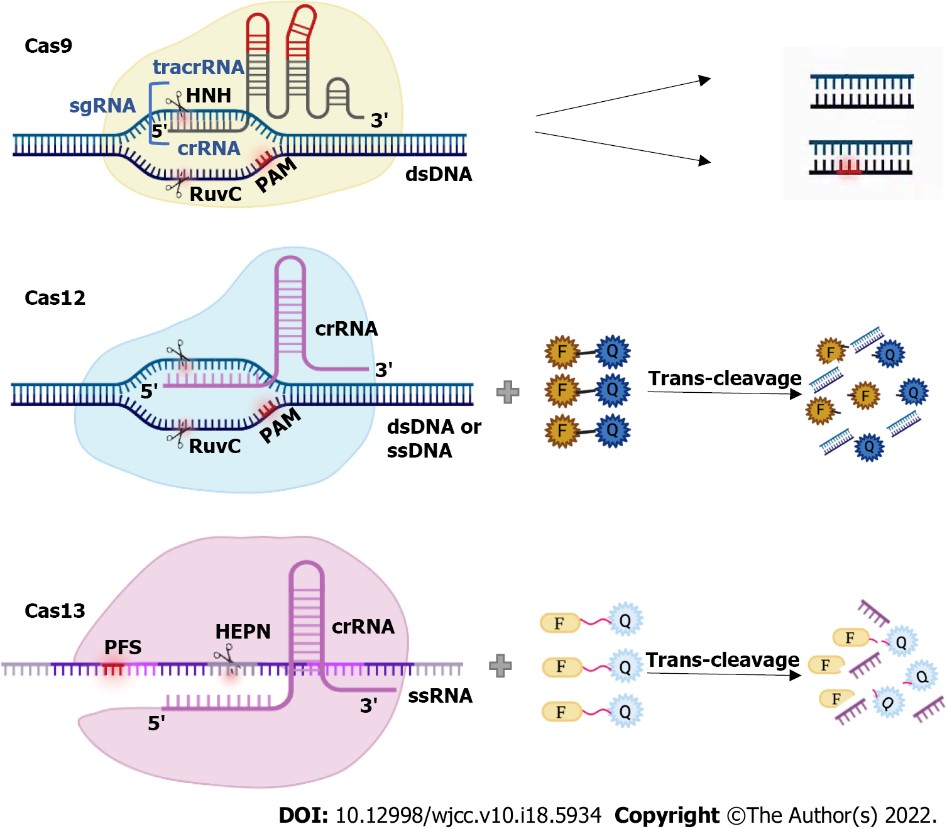Huntington’s Disease
Scientists develop new methods to detect Huntington's disease progression.
- About- Huntington's disease (HD) is a genetic disorder that causes the progressive breakdown of nerve cells in the brain.
- Genetic Mutation- Huntington's disease is caused by a mutation in the HTT gene, which provides instructions for making a protein called huntingtin.
- Types
- Adult onset - This is the most common form. Symptoms usually begin after age 30.
- Early onset (juvenile Huntington’s disease) - Early onset affects children and teenagers. It’s very rare.
Huntington’s disease affects an estimated 3 to 7 out of every 100,000 people, most often people of European ancestry.
- Symptoms - Huntington’s disease affects you both physically and mentally.
|
Physical symptoms
|
Mental symptoms
|
- Uncontrolled movements like jerking or twitching (chorea).
- Loss of coordination (ataxia).
- Trouble walking.
- Difficulty swallowing (dysphagia).
- Slurred speech.
|
- Emotional changes like mood swings, depression and irritability.
- Problems with memory, focus and multitasking.
- Trouble learning new information.
- Difficulty making decisions and reasoning.
|
- Treatment-Presently there is no cure for Huntington's disease, but treatments can help manage symptoms.
References
Mid Day| Huntington’s Disease
4-Horned Antelope
A rare four-horned antelope has been sighted for the 1st time in Veerangana Durgavati Tiger Reserve.
- Scientific name- Tetracerus quadricornis.
- Family- Bovidae.
- It is also called as also called chousingha, one of the smallest Asian bovids.
- It is diurnal (active mainly during the day) and typically solitary by nature.
- Distribution - It is endemic to India and Nepal, only bovid with four horns (only males have horns).
- It ranges from the foothills of the Himalayas in the north to the Deccan Plateau in the south.
- Habitat- It is found primarily in open, dry, deciduous forests of hilly areas in India.
- Apperance- They are yellowish-tan, reddish or goldenrod coat in colour with thin legs and a short tail.

- Diet- Feeds on grasses, herbs, shrubs, foliage, flowers and fruits.
- It is also found in the Nilgiri Biosphere Reserve and are confined to the Indian subcontinent.
- Conservation status
- IUCN Red List- Vulnerable
- Wildlife Protection Act of 1972- Schedule I
- CITES- Appendix III
|
Veerangana Durgavati Tiger Reserve
|
- It is the 7th tiger reserve in Madhya Pradesh which was earlier known as Nauradehi Sanctuary.
- A green corridor linking Panna Tiger Reserve (PTR) with Durgavati will be developed for the natural movement of the tiger to the new reserve.
- Vegetation- Dry deciduous type.
- Rivers- Parts of the reserve fall under the Narmada and Yamuna River basins.
- Flora- Teak, Saja, Ber, Amla, Dhaora, etc.
- Fauna- Nilgai, Chinkara, Chital, Sambhar, Black Buck, Barking deer, Tiger, leopard, wolf, jackal, Indian fox, striped hyena, etc.
|
References
- Free Press Journal | 4-Horned Antelope
- Inaturalist | 4-horned antelope
Ghataprabha River
Recently 9 people who fell into the Ghataprabha River were rescued.
- About- It is an important right-bank tributary of the Krishna River that flows in Karnataka.
Krishna River is the 2nd-largest river in peninsular India which rises in the Western Ghats near Mahabaleshwar in Maharashtra.

- Origin- It originates in the Western Ghats and flows eastward before its confluence with the Krishna River.
- River basin- It is wide and stretches across Maharashtra and Karnataka states.
- Tributaries- The Markandeya and Hiranyakeshi rivers are tributaries of the Ghataprabha.
- Bridges- The river is crossed by a suspension bridge near the Gokak Falls.
- Dams- Hidkal Dam also known as Raja Lakhamagouda Dam, is an earthen gravity dam built across the river in Belagavi district.
Reference
Time of India| Ghataprabha River
Greater Adjutant Stork
The Greater Adjutant Stork, locally known as 'Garuda', is now limited to Assam, India.
- Scientific Name- Leptoptilos dubius
- Family- Ciconiidae.
- It is locally called ‘Hargila’ in the Brahmaputra Valley in Assam, which harbours more than 80% of the global population of the species.
- Habitat- It is now restricted to a much smaller range with only 3 breeding populations, 1 in Cambodia and 2 in India (Assam and Bihar).
- Appearance – This large stork has a massive wedge-shaped bill, a bare head and a distinctive neck pouch.
- Diet- Carnivorous, mostly feeding on fish, frogs, snakes and other reptiles.
- Scavenging hunter- A Greater Adjutant Stork arrives to feed on a garbage dumping site near Deepor Beel wildlife sanctuary in Guwahati.

- Protection Status
- IUCN Red List-Endangered
- Wildlife (Protection) Act 1972- Schedule IV
- Green Oscars- Assam's renowned environmentalist Purnima Devi Barman has won the prestigious Whitley Awards, also known as the Green Oscars, for her efforts in conserving greater adjutant storks in association with Aaranyak.
Deepor Beel Wildlife Sanctuary
- The Deepor Beel Wildlife Sanctuary is a perennial freshwater lake on the outskirts of Guwahati, Assam.
- The state's only Ramsar site (declared in 2002), also the only central storm-water storage basin for Guwahati.
Reference
The Hindu|Greater Adjutant Stork
safeEXO-Cas
Recently, Columbia University Dental researchers unveiled "safeEXO-Cas," an exosome-based platform.
Exosomes are extracellular vesicles secreted by most eukaryotic cells and participate in intercellular communication.
- Objective- The platform will boost CRISPR/Cas9 delivery for precise genome editing.
- Researchers demonstrated that safeEXO-Cas effectively delivers CRISPR/Cas9 components, including single guide RNA and single-stranded DNA templates.
- This platform holds promise for on-demand in vitro and in vivo gene editing.
|
CRISPR (Clustered Regularly Interspaced Short Palindromic Repeats)
|
- About- CRISPR/Cas9 (Clustered Regularly Interspaced Short Palindromic Repeats) is a unique technology to edit parts of the genome by removing, adding or altering sections of the DNA sequence.
- It is currently the simplest, most versatile and precise method of genetic manipulation.
- Discovery- CRISPRs were first discovered in archaea (and later in bacteria) by Francisco Mojica.
- Working- The CRISPR-Cas9 system includes:
- Cas9- An enzyme acting as molecular scissors, precisely cutting DNA strands at a specific location.
- Guide RNA (gRNA)- Comprising a short pre-designed RNA sequence within a longer RNA scaffold.
- Applications- It holds great potential for treating genetic medical conditions like cancer, hepatitis B, or high cholesterol.

|
References
- Mirage News | safeEXO-Cas
- Your Genome


